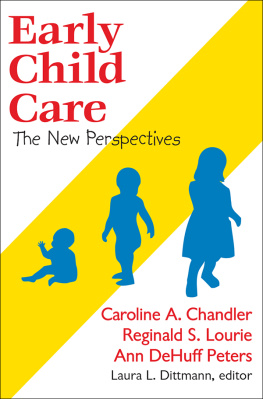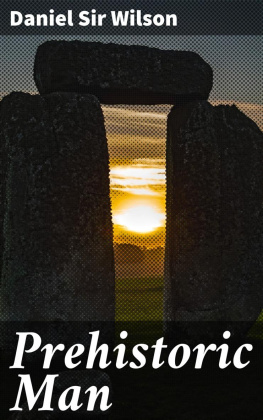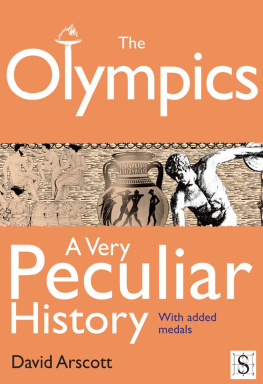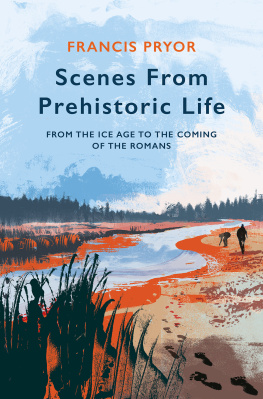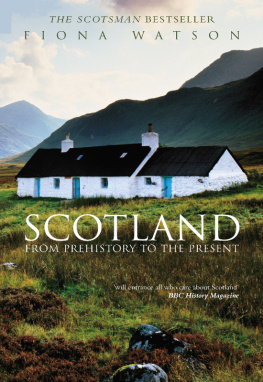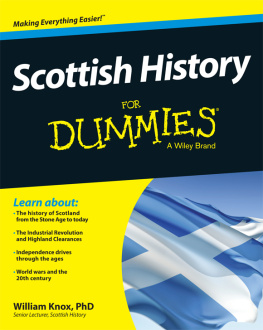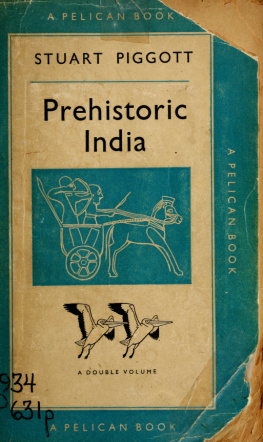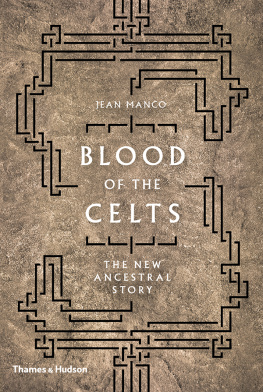ROUTLEDGE LIBRARY EDITIONS:
ARCHAEOLOGY
Volume 45
THE PREHISTORIC PEOPLES
OF SCOTLAND
First published in 1962
This edition first published in 2015
by Routledge
2 Park Square, Milton Park, Abingdon, Oxon, OX14 4RN
and by Routledge
711 Third Avenue, New York, NY 10017
Routledge is an imprint of the Taylor & Francis Group, an informa business
1962 Routledge & Kegan Paul Limited
All rights reserved. No part of this book may be reprinted or reproduced or utilised in any form or by any electronic, mechanical, or other means, now known or hereafter invented, including photocopying and recording, or in any information storage or retrieval system, without permission in writing from the publishers.
Trademark notice: Product or corporate names may be trademarks or registered trademarks, and are used only for identification and explanation without intent to infringe.
British Library Cataloguing in Publication Data
A catalogue record for this book is available from the British Library
ISBN: 978-1-138-79971-4 (Set)
eISBN: 978-1-315-75194-8 (Set)
ISBN: 978-1-138-81489-9 (Volume 45)
eISBN: 978-1-315-74714-9 (Volume 45)
Publishers Note
The publisher has gone to great lengths to ensure the quality of this book but points out that some imperfections from the original may be apparent.
Disclaimer
The publisher has made every effort to trace copyright holders and would welcome correspondence from those they have been unable to trace.
THE PREHISTORIC
PEOPLES
OF SCOTLAND
edited by
STUART PIGGOTT
First published 1962
by Routledge & Kegan Paul Limited
Broadway House, 6874 Carter Lane
London, E.C.4
Printed in Great Britain
by W. & J. Mackay & Co. Ltd, Chatham
Routledge & Kegan Paul Limited 1962
No part of this book may be reproduced
in any form without permission from
the publisher, except for the quotation
of brief passages in criticism
Contents
R. J. C. ATKINSON |
G. E. DANIEL |
S. PIGGOTT |
T. G. E. POWELL |
C. A. R. RADFORD |
Illustrations
PLATES
FIGURES
ACKNOWLEDGEMENTS
by the Ministry of Works.
T HE chapters constituting this volume originated as a series of lectures given to the Scottish Summer School in Archaeology at its Edinburgh meeting in 1955. On the death of the Schools organizer, Dr. F. T. Wainwright, I have taken over the editing of this volume, and while of necessity the long interval between the original construction of the contributions, and their appearance in print, has led to changed viewpoints and an accession of new material, so far as possible the necessary adjustments have been made.
STUART PIGGOTT
The University of Edinburgh
1962
I T is a sobering thought, and one conducive to a proper sense of historical perspective, that before the first savages set foot upon the soil of Scotland the first urban, and in that sense civilized, community had been flourishing at Jericho for more than a thousand years.
The evidence for the earliest colonization of Scotland by man has been exhaustively examined by Lacaille,1 whose conclusions accordingly need only a brief discussion here. In common with other workers, he distinguishes four main groups of pre-neolithic communities, each identified by its own characteristic stone and flint industry, and each referable to some part of the later stages of the Post-Glacial period. In terms of climatic and vegetational history, these mesolithic communities of hunter-fishers belong to the final stages of the Boreal and to the ensuing Atlantic phase; or in terms of the absolute chronology now being established, even if still only in skeletal form, by radio-carbon determinations, to the period from about 5500 B.C. to 3000 B.C.
The principal evidence upon which these signs of early occupation have been dated is their relationship to the raised beach deposits laid down around the coasts of Scotland at a time when the mean sea-level stood some twenty-five to thirty feet higher than it does today, and the present littoral was consequently submerged. This submergence appears to have begun about the time of the Boreal-Atlantic transition, around 5000 B.C., and to have reached its maximum during the fourth millennium. Thereafter the sea-level gradually dropped, and it is likely that the shorelines were still receding seawards when the first neolithic colonists arrived during the third millennium B.C.1
The earliest mesolithic community hitherto identified is that represented by the Early Larnian flint assemblage recovered from the Post-Glacial raised beach on both sides of the North Channel. The incorporation of these worked flints in the beach deposits shows that they must be the remains of littoral settlements which flourished at an early stage of the coastal submergence and were subsequently overwhelmed by the rising sea. The original deposition of this material can thus be dated not much earlier than the end of the sixth millennium B.C.
The Larnian flint industry is characterized by the predominance of flakes and blades, and by the marked absence of microlithic elements. Generically at least it resembles the final stages of the Creswellian industry of the British Upper Palaeolithic; and it has in consequence been supposed to represent the results of a north-westerly migration of palaeolithic hunters, in Late Glacial or Early Post-Glacial times, from their former habitats in northern England, and their subsequent adoption of a strand-looping existence on the shores of the North Channel and the Clyde and Solway Firths.
By contrast, the microlithic industries differ very markedly from the Larnian both in distribution and in content. They occur notably in the valleys of the Clyde and Tweed (between which the Biggar Gap provided an easy route across the intervening watershed) and on Deeside in the neighbourhood of Banchory.2 All the known material consists of surface finds, and no deposit has so far been discovered which can be securely dated by pollen analysis or other means. The resemblance between the Scottish material, however, and the microlithic industries of northern England3 suggests that both are of much the same date. The Scottish sites, therefore, should represent settlement of the main river basins of the east and south of the country in Atlantic times (that is, during the fifth and fourth millennia B.C.), presumably by wandering bands of hunters moving gradually northwards up the eastern coastal plain of Durham and Northumberland to the Tweed, and spreading thence westwards to the Clyde by way of the Biggar Gap.


